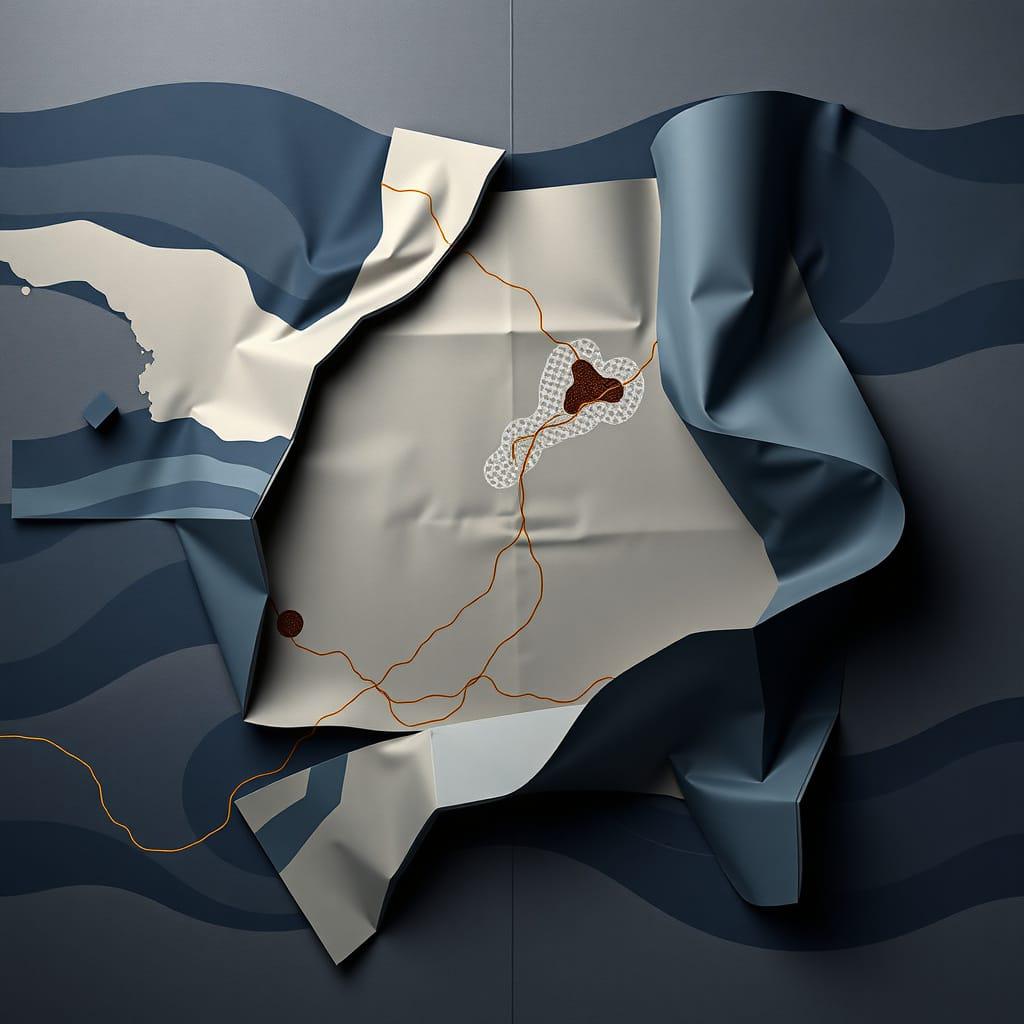
The most significant problems facing leaders today rarely follow neat patterns. They aren’t solved by a standard project plan or a “best practices” checklist. They’re complex, shifting situations that defy linear thinking. I’ve observed hundreds of leaders wrestle with this kind of chaos, and one lesson stands out: you don’t solve complexity so much as you learn to navigate it.
Complexity Isn’t Just a Harder Puzzle
Many leaders assume that a tough problem is just a bigger version of a simple one. In realitycomplicated challenges are still predictable if you break them down: a faulty production line can be diagrammed, tested, and fixed. Complex challenges, however, keep evolving. Think of the economy, geopolitical relations, or sudden disruptions in consumer demand. They operate like living systems, constantly influenced by hidden feedback loops and numerous stakeholders.
Traditional frameworks often fail here because they assume stable conditions. When variables keep changing, your well-laid plans may generate unintended consequences that ripple across departments or markets. It’s like trying to map shifting sand: each time you set a direction, the terrain underneath you transforms.
Where Conventional Wisdom Falls Short
How the Best Leaders Approach Complexity
After watching leaders in high-stakes scenarios—ranging from major corporate acquisitions to large-scale organisational transformations—I’ve noticed a consistent pattern: they see what others miss, and they adapt before others even sense the need.
1. They Zoom Out Before They Zoom In
Leaders who navigate complexity successfully begin by mapping the broader environment. They identify interdependencies and watch how seemingly unrelated factors interact. For example, a manufacturing leader might look beyond internal operations to track evolving customer demands, raw material fluctuations, or political shifts in supplier countries.
2. They Listen in Unusual Places
Complexity often hides in the margins. A problem that seems minor in one team can quietly amplify across the organisation. Leaders who adapt quickly actively seek out front-line insights, dissenting views, and unfiltered data.
3. They Balance Logic with Intuition
High-level decisions can’t rely exclusively on spreadsheets. While data analysis remains important, gut feel - built on years of accumulated pattern recognition - also plays a role. In a volatile landscape, waiting for perfectly clear evidence can lead to missed opportunities.
Deepening Your Skillset
Rather than adding more “steps to success,” develop a broader mindset and choose tools that help you adapt in real time. A few stand out:
System Mapping
Before deploying any fix, sketch out how teams, departments, technologies, or even external stakeholders connect. Tools like the Iceberg Model or causal loop diagrams help visualise feedback loops and root causes. This isn’t about pretty charts; it’s about uncovering where a small shift might trigger a big effect.
Real Options Analysis
Originally used in finance to value uncertainty, real options analysis applies just as well to operational or strategic decisions. Instead of committing to a single all-in path, you preserve multiple possibilities. That might mean piloting a new product in just one region or keeping a fallback supplier on retainer. This approach offers flexibility when conditions change.
Scenario Planning
Scenario planning isn’t fortune-telling. It’s an organised way to consider multiple plausible futures. By systematically examining how critical variables (like market demand, tech innovation, or policy changes) could evolve, you develop readiness for multiple outcomes.
Method: Pick a few key uncertainties and build scenarios around them. Ask: “If X happens, how do we respond?” and “If Y happens, do we have the right capabilities?” Plan for each scenario enough that any one of them won’t catch you flat-footed.
Adaptive Implementation
In a complex setting, implementing a solution doesn’t end with flipping the switch. Leaders track early signals, remain open to mid-course corrections, and treat every solution like an experiment. If data or feedback shows a tweak is needed, they pivot quickly rather than ploughing on with a rigid plan.
Changing How You See vs. Changing What You Use
The real shift isn’t about discarding your entire toolkit. It’s about recognising when a complicated approach (like a structured, step-by-step problem-solving method) works—and when a complex scenario demands something more fluid. The key is knowing how to pivot between these modes.
Leaders often ask, “But which framework should I choose?” That’s the wrong question. In complex environments, the approach matters less than your ability to observe, interpret, and adapt. The best frameworks simply enable those behaviours.
Final Thoughts
Complex challenges don’t follow a neat arc from “problem” to “solution.” They’re dynamic, human, and unpredictable. That’s why the leaders who excel in complexity focus on staying alert, embracing feedback, and flexing their strategies as new information emerges.
If you want to start applying this thinking right away, pick one high-stakes issue you’re dealing with. Draw out the chain reaction of factors you suspect are at play, consult unexpected sources for insights, and lay down multiple paths so you can shift gears when new data emerges. By treating your current problem less like a puzzle and more like a living system, you’ll be leagues ahead when it morphs again; which it almost certainly will.
Remember, you don’t just solve complexity. You partner with it, learning to adapt faster than the system can outsmart you. Master that mindset, and even your most intractable challenges begin to look a lot more navigable.